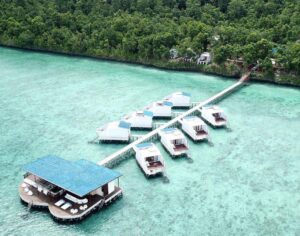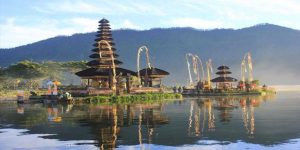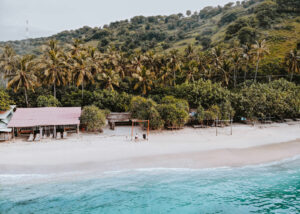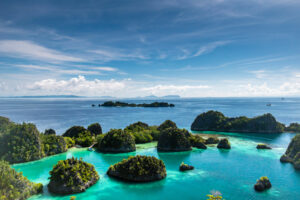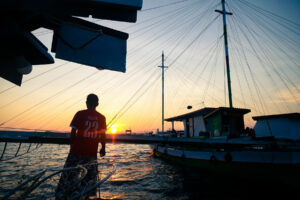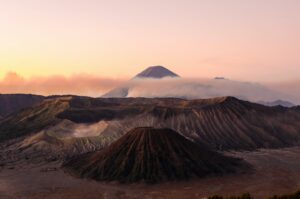Established in 1980, the Komodo National Park stands as a safeguarded sanctuary dedicated to the preservation and protection of the magnificent Komodo dragon. This exotic destination offers an unparalleled combination of breathtaking landscapes, captivating marine life, and the legendary Komodo dragon, the largest species of lizard in the world. The park includes the three larger islands of Komodo, Rinca, and Padar, as well as numerous smaller islands.
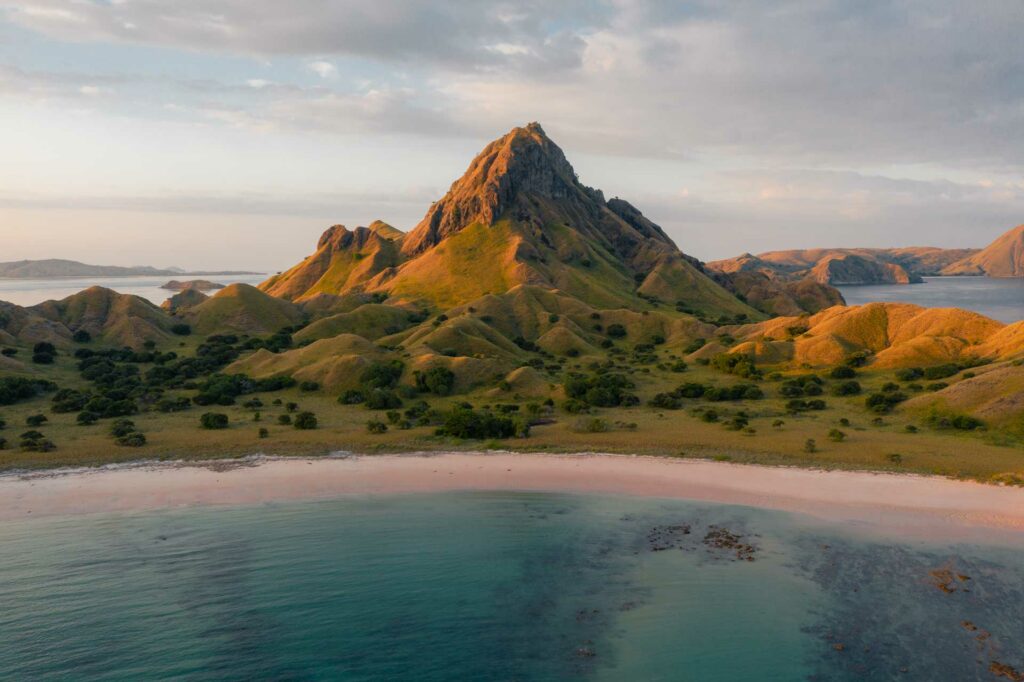
The Komodo National Park
Komodo National Park is a UNESCO heritage site & isn’t just about one island. It’s made up of 29 stunning islands! Komodo Island is just one gem in this collection. Renowned for being the abode of the Komodo dragon, the planet’s largest lizard, Komodo Island stands out as an extraordinary sanctuary for this awe-inspiring creature that bears the island’s own name.
A formidable reptile holds the title of the world’s largest lizard. They are boasting impressive lengths of up to 3 meters when fully grown. They found only on the island, Rinca, and a few smaller surrounding islands in Indonesia. The Komodo dragon’s formidable arsenal of powerful legs, razor-sharp claws, and lethal teeth enables it to hunt. They devour a wide range of prey, including deer, pigs, and even formidable water buffalos. Komodo Dragon also able to swim and can stay underwater for up to 30 minutes at a time. They possess an extraordinary sense of smell that enables them to detect prey from distances of up to 10 kilometers. Despite their fearsome reputation, these remarkable creatures are actually listed as vulnerable on the IUCN Red List of Threatened Species. Learn more about Komodo dragons in our article here.
Making it a popular destination for scuba diving and snorkeling. You can go on hikes accompany by experience guide to see the Komodo dragons in their natural habitat, as well as other wildlife such as wild boars, water buffalos, and various bird species. The park is also home to several small villages, where visitors can learn about the traditional way of life of the local people.
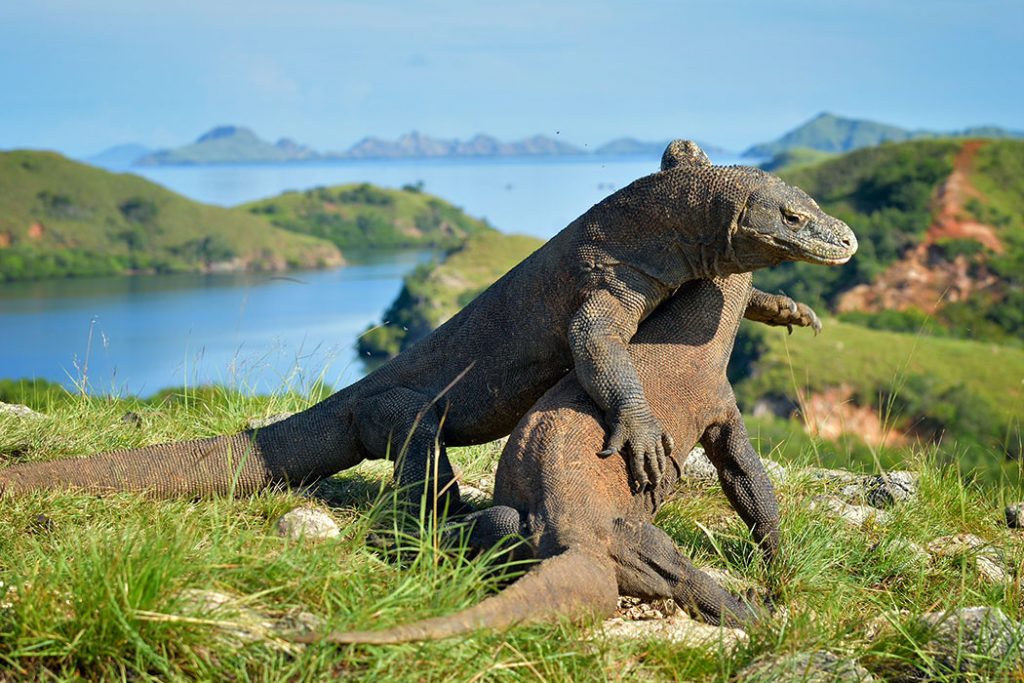
Things To Do
Situated in the stunning archipelago of Indonesia, Komodo National Park is renowned for its stunning landscapes, diverse marine life, and of course, the legendary Komodo dragons. Whether you’re an avid diver, nature enthusiast, or simply seeking adventure, this UNESCO World Heritage Site offers something for everyone.
Dive into the crystal-clear waters of Komodo National Park to discover a mesmerizing underwater world. The park boasts some of the most biodiverse marine habitats on the planet, with vibrant coral reefs teeming with colorful fish, sea turtles, and other fascinating marine creatures.
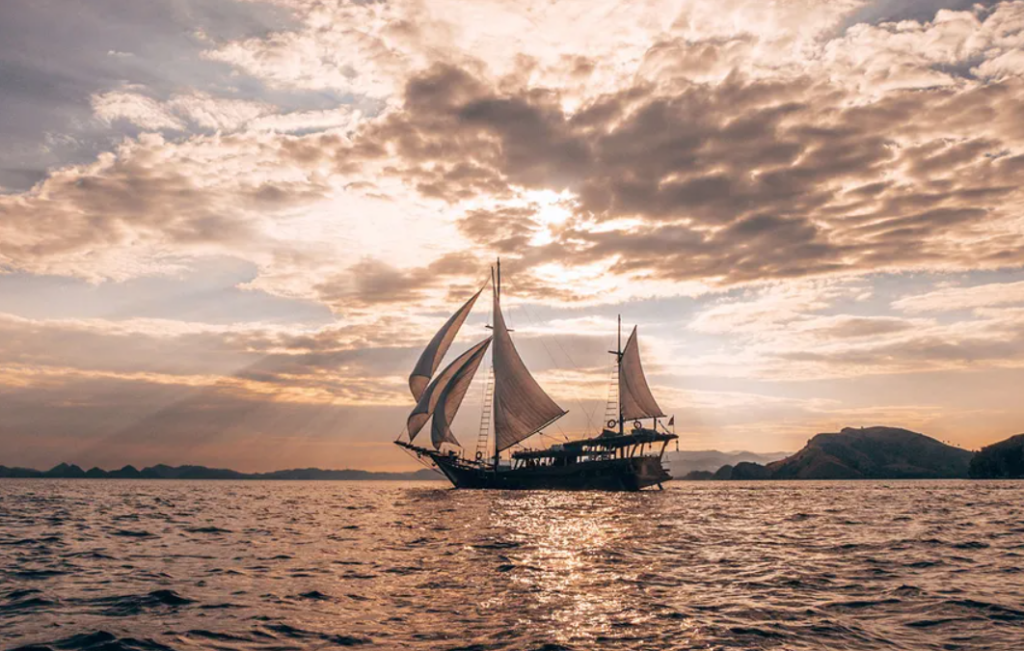
You can choose from different liveaboard tours, whether it’s a quick day trip on a speedboat, a longer 3-day, 2-night adventure or more. No matter which you pick, you’ll get to do all the fun stuff like trekking with Komodo Dragons, visiting Pink Beaches, hiking to the viewpoint at Padar Island, and enjoying some diving/snorkeling too!
Liveaboard diving/snorkeling trips are particularly popular, offering the chance to explore multiple dive sites and remote islands over several days. Check our Komodo liveaboards here!
We suggest you arrive one day earlier prior your liveaboard trip, usually the trip start in the morning around 10.00 AM and finish around 12.00 PM on the last day of your trip.
How To Get Here
Komodo National Park is located in the eastern part of Indonesia, encompassing several islands, including Komodo, Rinca, and Padar. The primary gateway to the park is Labuan Bajo, a charming town on the island of Flores.
By Air
The nearest airport to Komodo National Park is Komodo Airport (LBJ) in Labuan Bajo, which is well-connected to major cities in Indonesia, including Bali and Jakarta. From Labuan Bajo, you can take a boat or join a tour to explore the national park.
By Sea
Alternatively, you can reach Labuan Bajo by ferry from Sape in West Nusa Tenggara or by sea from other nearby islands. For those on a budget, taking a ferry from Bali to Labuan Bajo might seem like a good idea. But hold on! The journey can take about 36 hours and the waters can be rough. It’s not recommended unless you’re used to long trips. On the plus side, it’s cheaper than flying and adds an extra adventure to your trip.
Komodo National Park Fees
To enter Komodo National Park, visitors are required to pay an entrance fee, which varies depending on nationality and the activities you plan to undertake. Additionally, there may be a government local tax imposed by the local authorities. Check the latest fee information before your visit.
Best Time to Visit
The best time to visit Komodo National Park is during the dry season, which typically runs from April to December. During this time, the weather is generally sunny, and the sea conditions are ideal for snorkeling, diving, and outdoor activities. The months of July and August tend to be the busiest due to school holidays, so if you prefer fewer crowds, consider visiting during the shoulder months of April, May, September, or October.
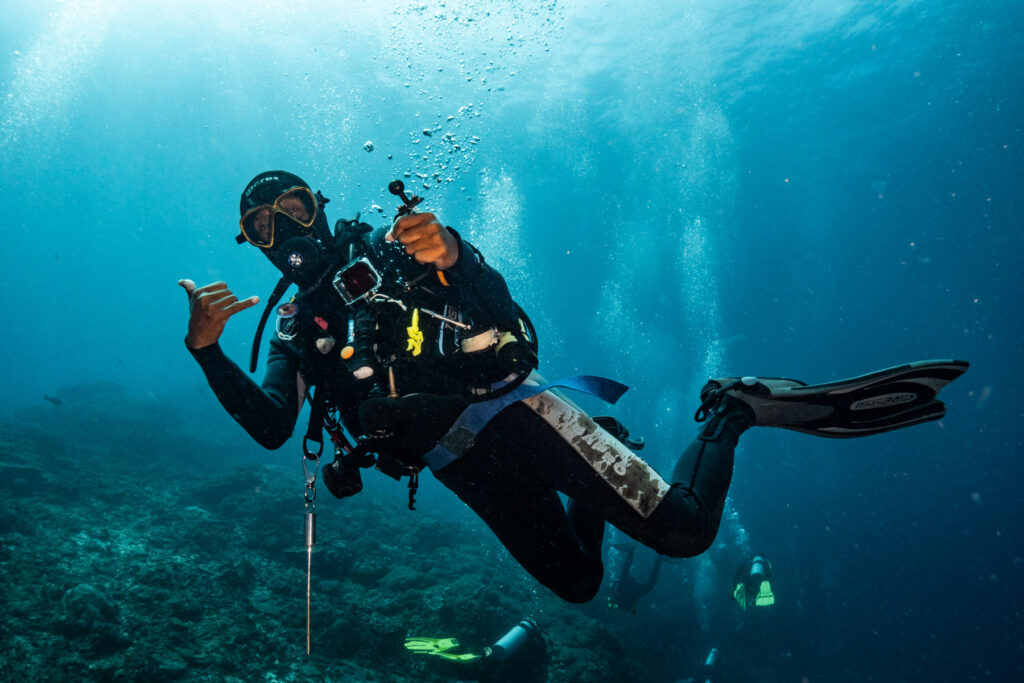
Destinations in Komodo
There are few sights that you must visit when you are visiting Komodo.
Komodo Island
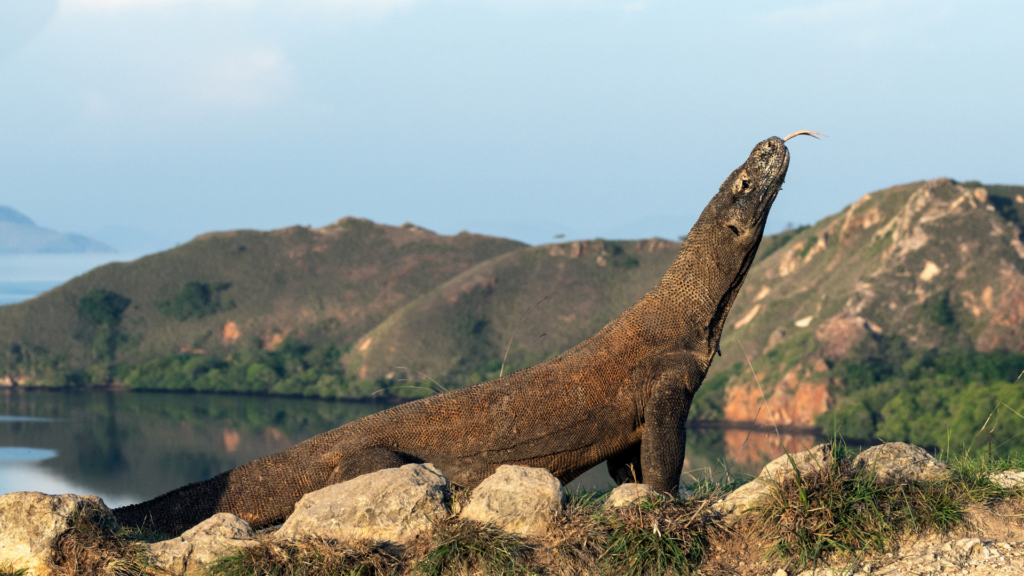
This island is home to Komodo dragons and is the largest within Komodo National Park. It’s also the only inhabited island in the park, hosting Komodo village and the indigenous Ata Modo community. Here, you can go trekking with a local guide, typically from the Ata Modo tribe, and try to catch a glimpse of wild Komodo Dragons.
Rinca Island
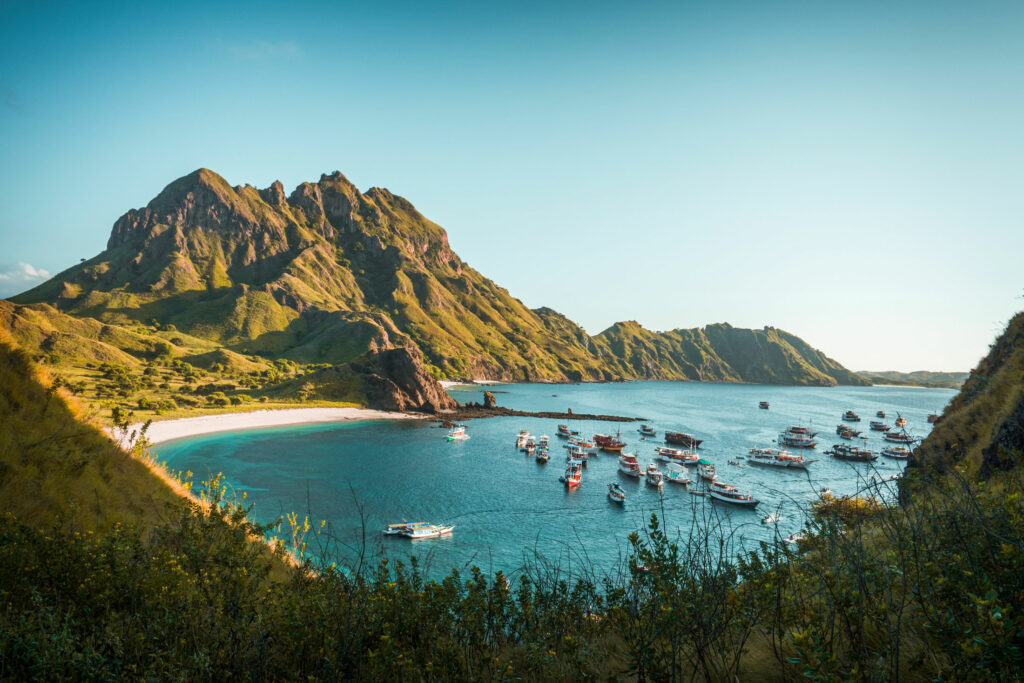
Rinca Island, boasting a population of over 1,000 Komodo dragons, is the only other island besides Komodo Island where these magnificent creatures can be found. While not as renowned as Komodo Island, Rinca offers better opportunities for spotting Komodo dragons due to its smaller size and larger dragon population.
Padar Island
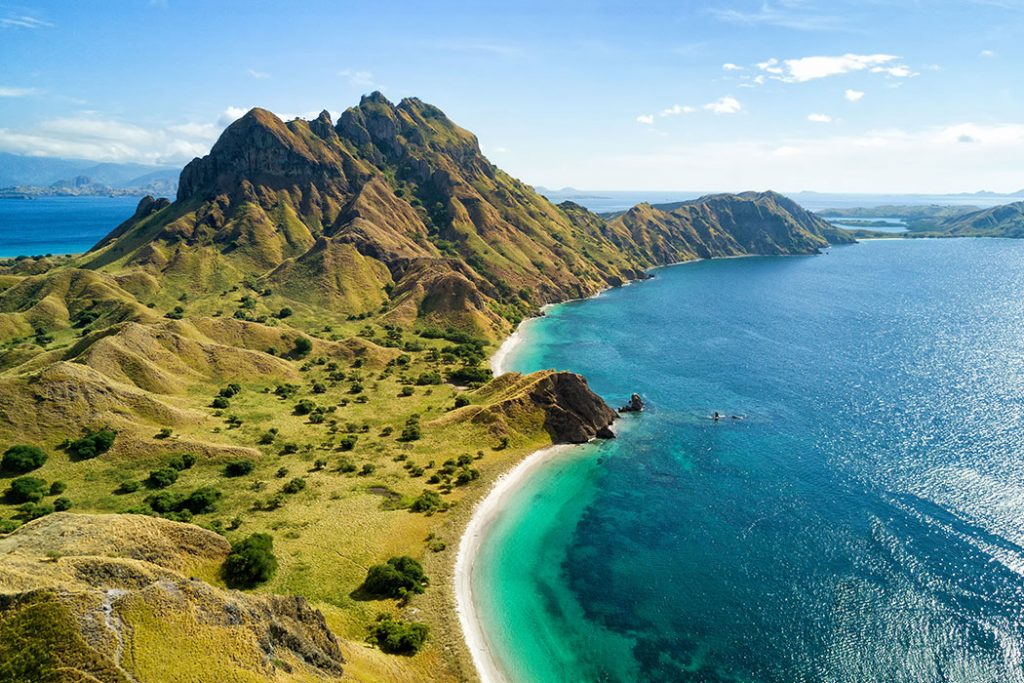
This is the most famous viewpoint in Komodo National Park, likely the one you’ve seen in countless pictures. Here, you can enjoy a leisurely 45-minute hike to the summit and take in panoramic views of the park. If you look closely at the vista, you’ll spot a pink beach!
Pink Beach
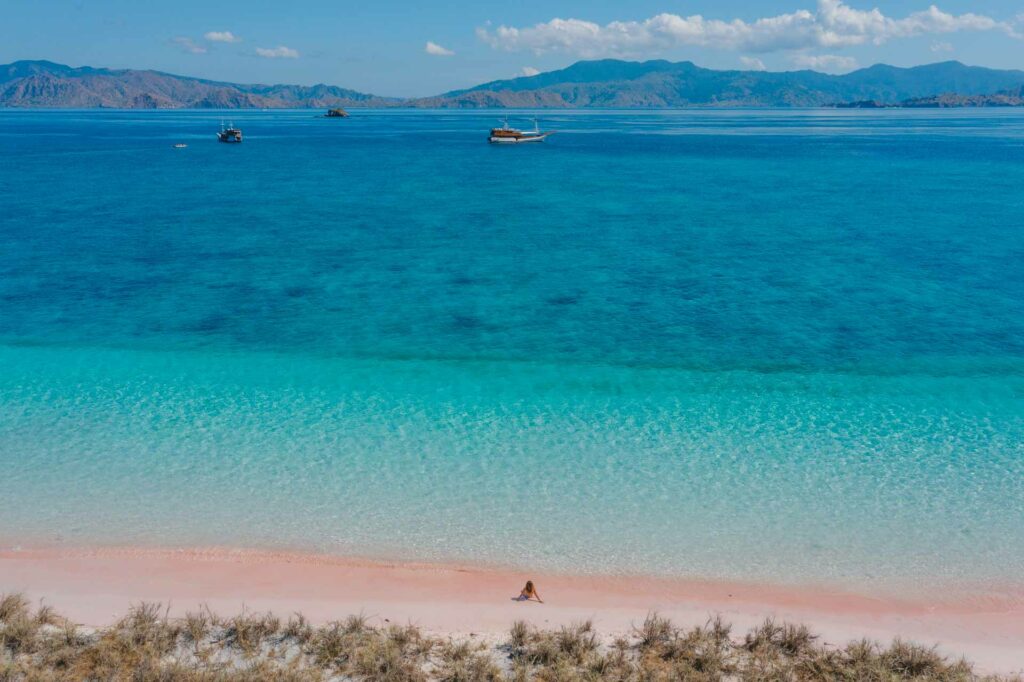
In Komodo National Park, you’ll find numerous Pink Beaches. The Pink Beach frequently visited by boats is located near Komodo Island, although its pink hue has faded somewhat due to travelers collecting the red coral responsible for its color. To see the most vibrant section of the beach, head to the far end, away from the usual tourist spots, where you’ll find it adorned in a deep pink hue.
Manta Point
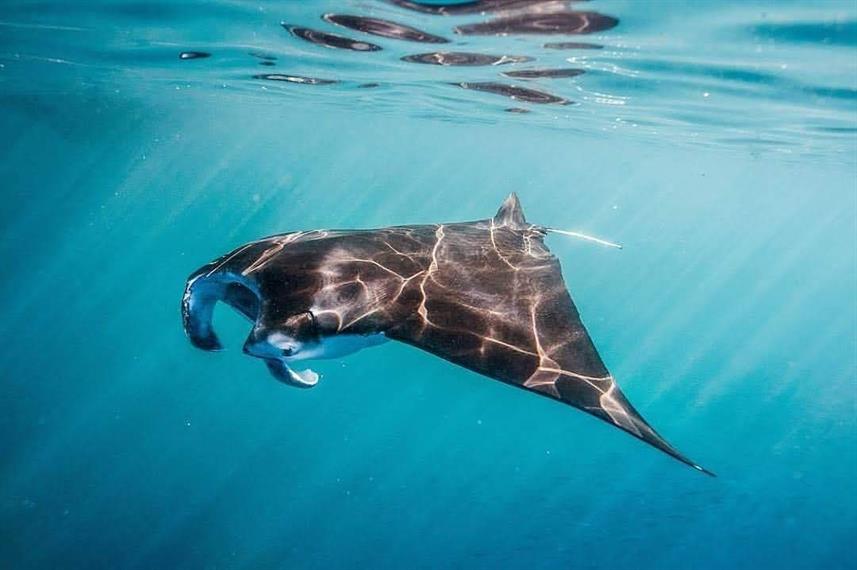
Here, you have the incredible opportunity to snorkel alongside giant Manta Rays! These gentle creatures are attracted to the cooler waters in this area, particularly during Manta season, when you can swim surrounded by many Mantas. The optimal time to visit is during the rainy season from December to March, when the waters are exceptionally cold. However, you can still catch sight of them until June. From July to September, the chances of seeing them is low.
Siaba Islands
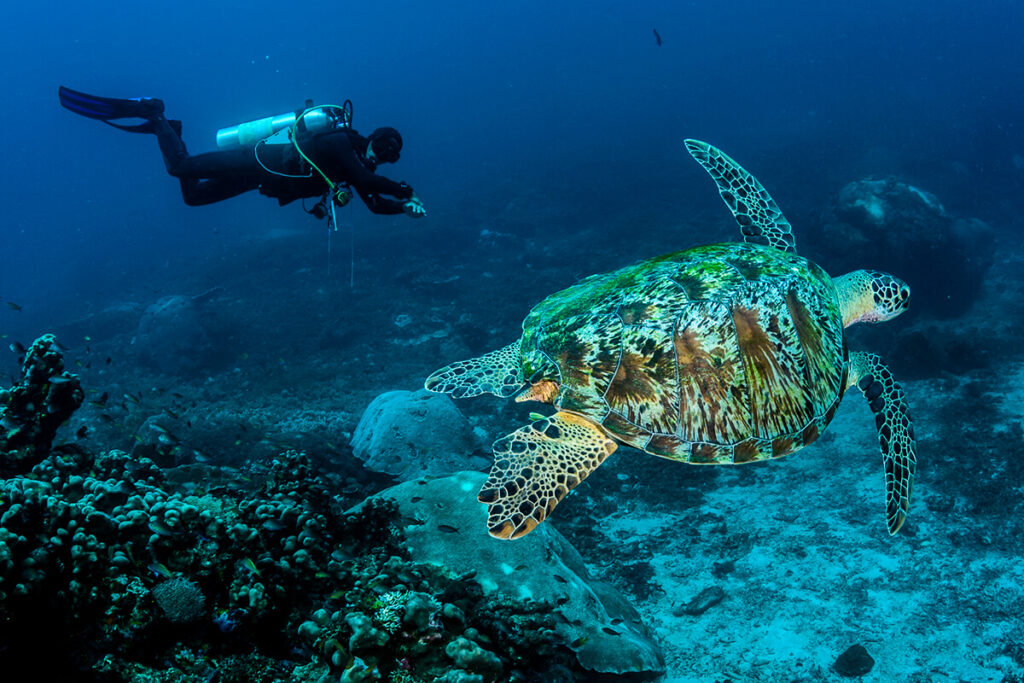
Known as the “Turtle City”, Siaba Islands boasts stunning coral reefs and serves as a favored spot for giant turtles, drawn by their beloved food source, sea grass. Siaba Islands holds a special place in our hearts in Komodo, offering the chance to snorkel and dive among these serene and magnificent turtles. There are 2 Siaba Islands next to each other, Siaba Besar & Siaba Kecil.
Kalong Island
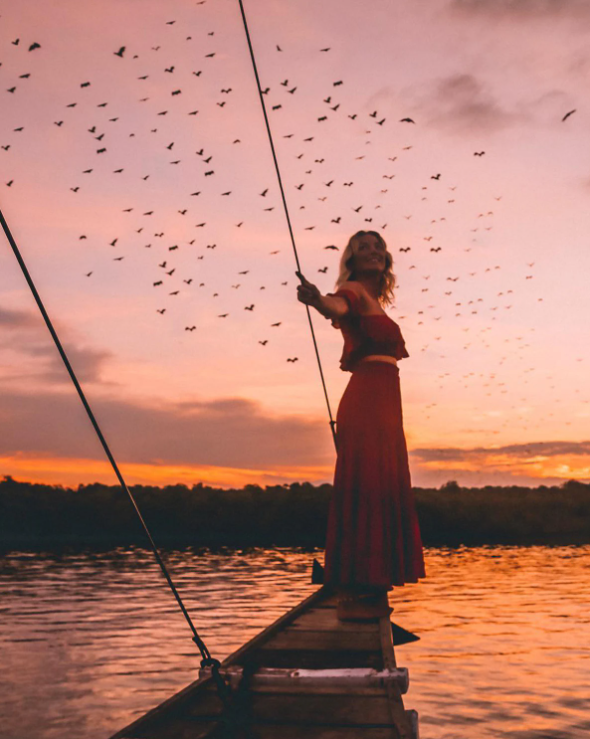
This would be the pinnacle of the trip to Komodo National Park! Witnessing the mesmerizing exodus of millions of bats at sunset is an experience like no other. At first, only a few bats take flight, but soon the entire orange sky is filled with their presence, creating a truly surreal sight.
Are you ready to explore this magical island? Contact us now and prepare to discover the awe-inspiring beauty of the underwater world in Komodo National Park!

